An old adage says, “There’s no such thing as bad weather, only inappropriate clothing.” Like your clothing choice, tent selection is critical to your comfort when the weather isn’t perfect.
With the right tent and camping gear, your season can easily extend into the winter months, and you can enjoy the outdoors when the weather isn’t always fair. Aside from choosing a four-season camping tent, you’ll benefit from knowing how to insulate a tent for winter camping.
Start by Selecting The Right Tent for Winter Camping
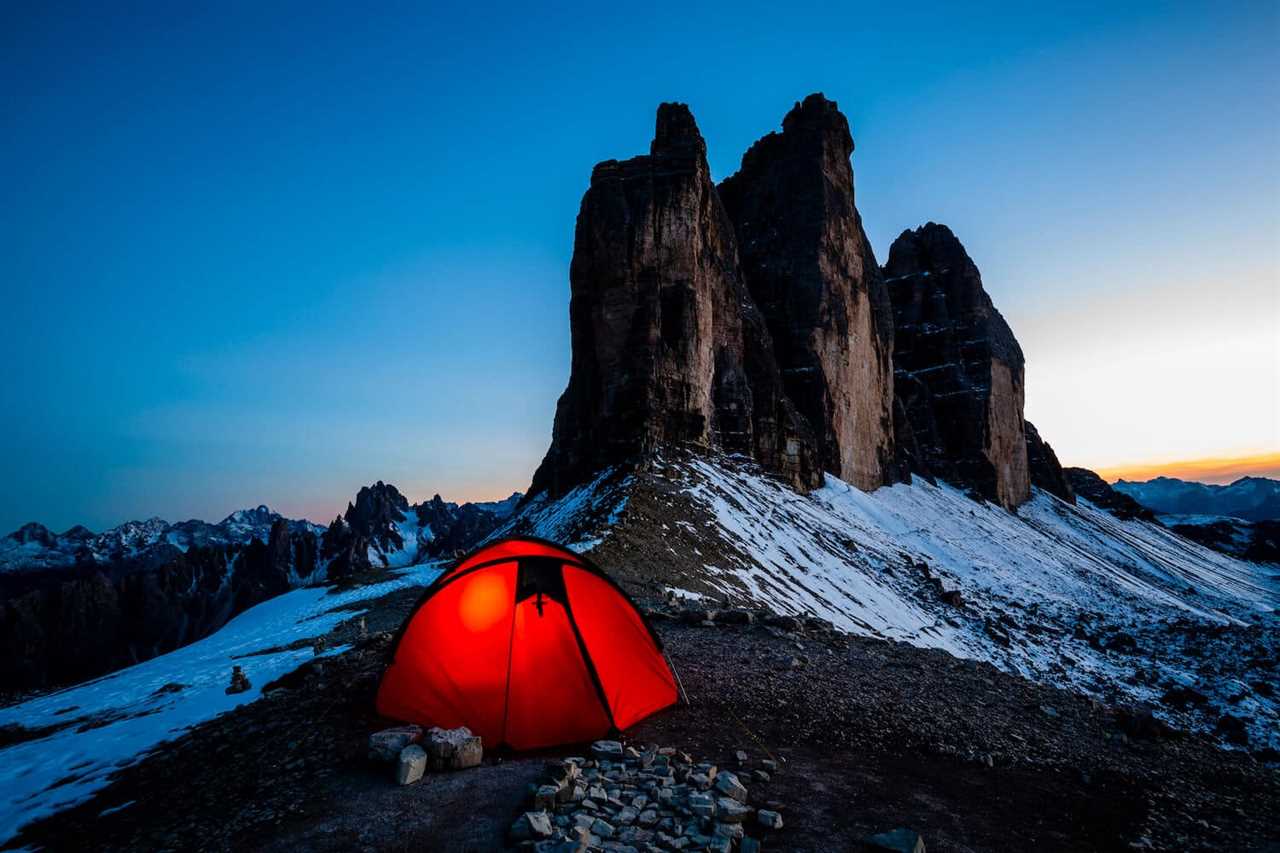
Photo by gorillaimages via Shutterstock
Winter camping in cold temperatures requires a true, four-season camping tent. These tents are designed to handle the winter elements, meaning they’re less likely to break in high winds, collapse under heavy snow, and let cold air inside than regular tents.
When selecting the right camping tent, smaller is better for winter camping. That’s because there will be less interior space to retain heat. Some of the best brands for four-season tents include Mountain Hardwear, NEMO, The North Face, and Hilleberg.
How to Insulate a Tent for Winter Camping
With the right camping tent in hand, here are a few tent insulation tips:
Add Ground Insulation
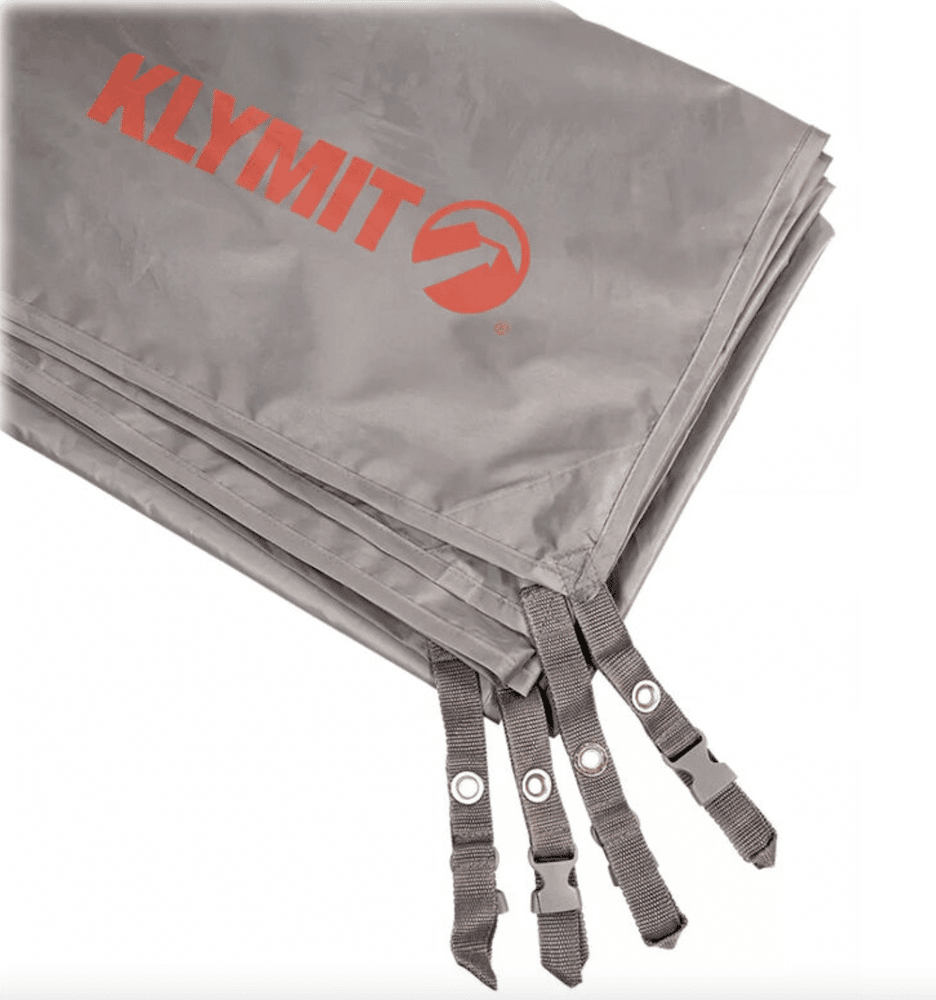
Photo by Camping World
Start by placing a tent footprint underneath your tent before setting it up, as this will provide insulation between you and the cold ground while also preventing moisture from saturating your tent floor.
Next, utilize foam sleeping pads to create another insulation layer on the floor of your tent. The sleeping pads you choose should be insulated and have an appropriate R-value (a measure of how warm a sleeping pad is) for the conditions you’re camping in. You can even add a thick blanket or rug on top of, or underneath, those pads for extra ground insulation when camping in winter conditions.
Set Up a Wind Break
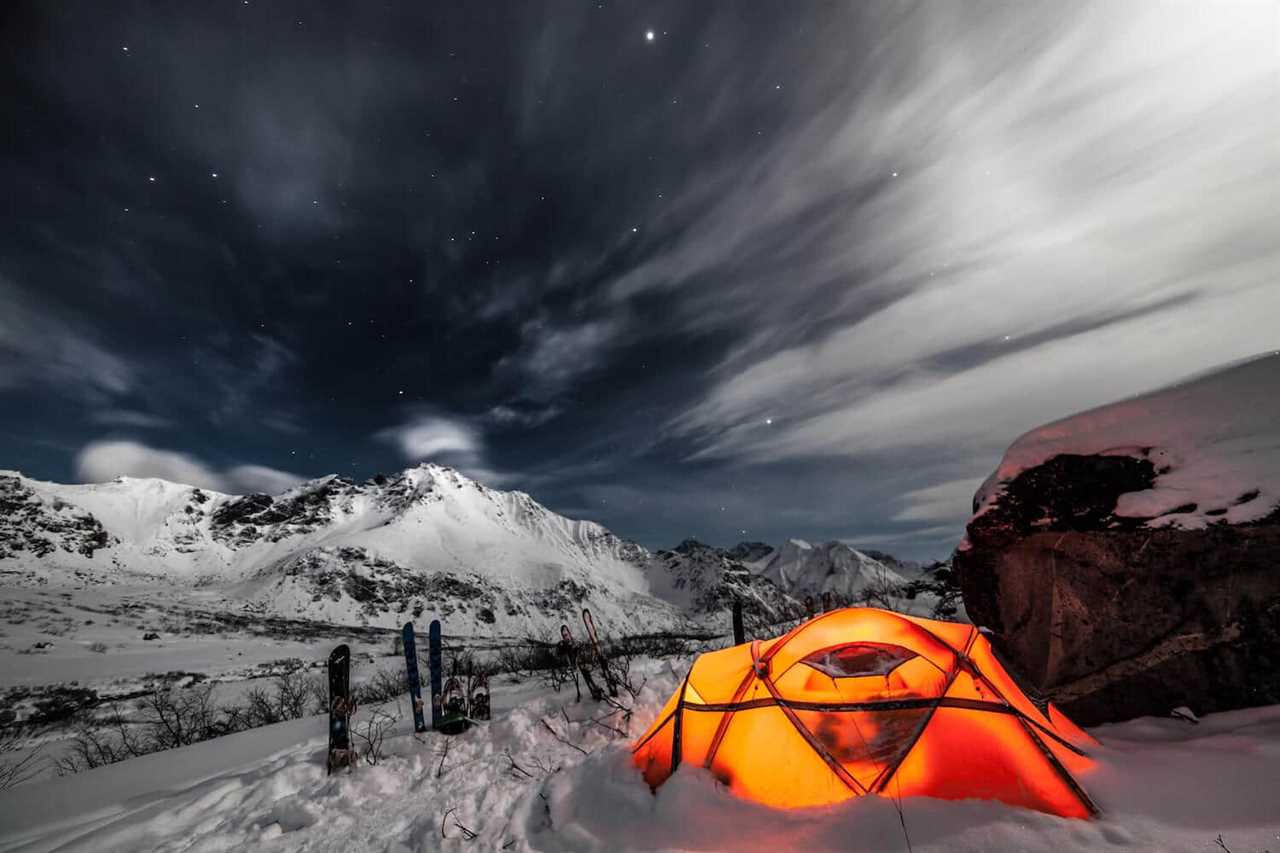
Photo by Stas Tolstnev via Shutterstock
Wind may be invisible, but you’ll certainly feel it when it weaves under and around your tent’s rainfly. Wind chill can make for a very cold and uncomfortable night in a tent, even if the air temperature is above freezing.
The easiest way to protect yourself from icy winds is to choose a smart place to set up your tent. Consider if there’s a natural windbreak nearby that you can use to your benefit, such as a large rock formation or a thick line of shrubs. You can also build a snow wall around your tent, as snow is a great insulator and blocks wind very nicely.
If that’s not an option, use a tarp or a rainfly from another tent to set up a windbreak on the side of your tent. You’ll need to know the anticipated wind direction to do this effectively, which is where your cellphone or a handheld radio comes in handy to tune into local weather forecasts.
Add a Secondary Cover to the Top of your Tent
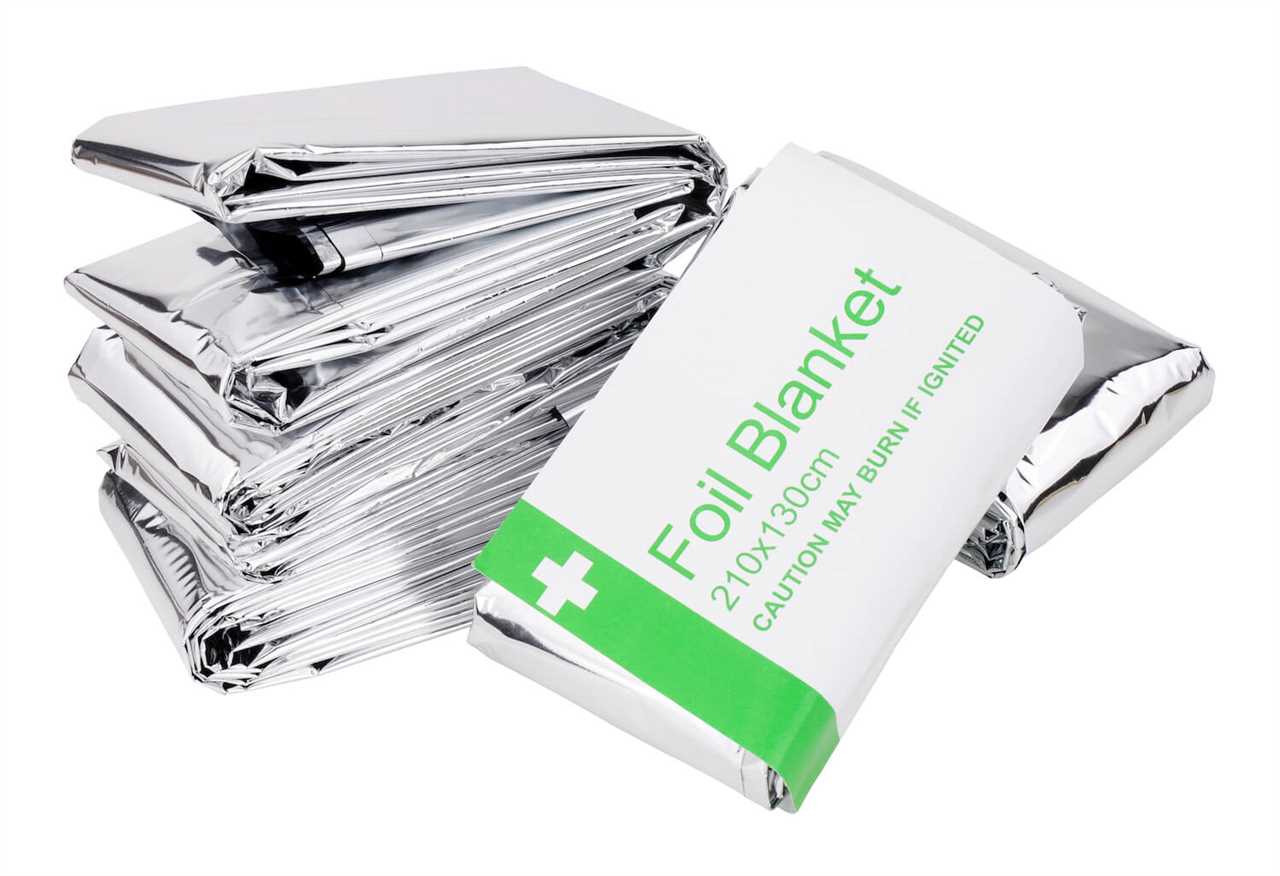
Photo by Philip Kinsey via Shutterstock
Another method is to add another insulating layer on top of your tent’s rainfly. You can use a second rainfly or a tarp, but the best solution is a thermal blanket that’s large enough to cover your entire tent.
A foil thermal blanket is a good thing to carry in case of emergency whenever you’re winter camping or backpacking. In this case, it will add a waterproof layer that helps to reflect your body’s heat back into the tent instead of allowing it to escape.
String Up a Tarp Over Your Tent
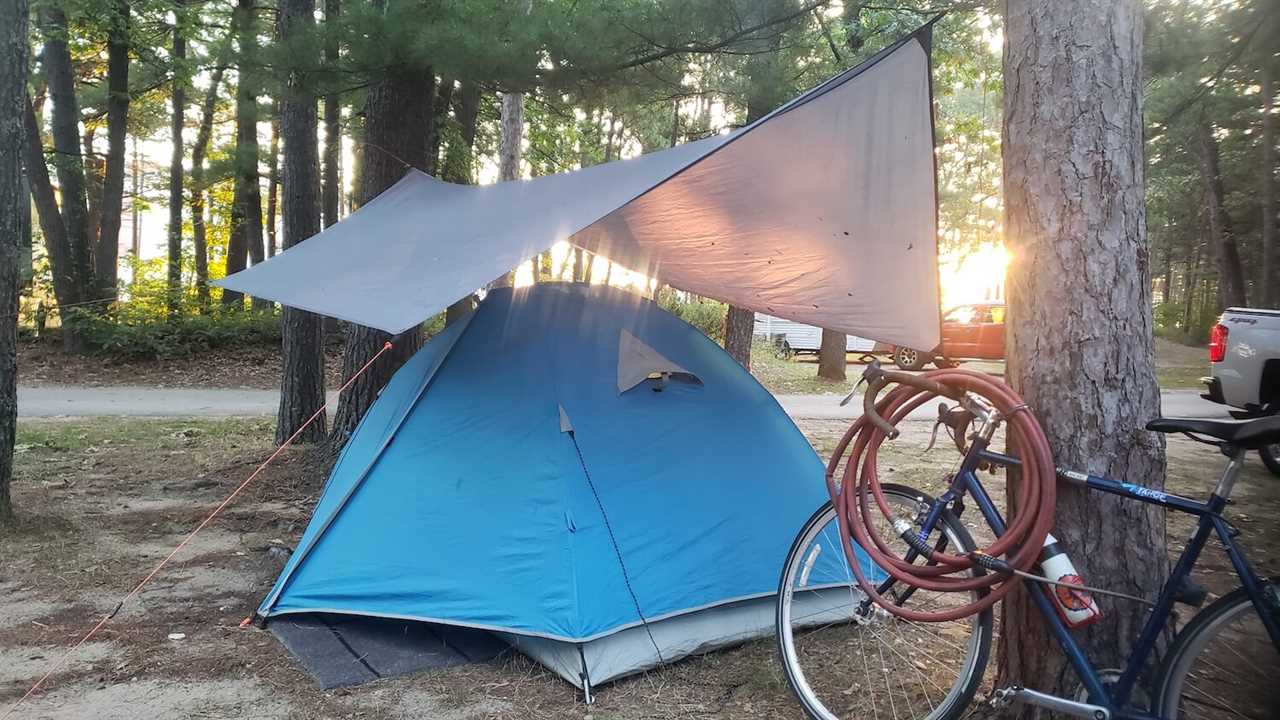
Photo by Tucker Ballister
The rainfly on most four-season tents will offer a solid layer of waterproof protection, but it’s never a bad idea to double down on protection from moisture when winter camping. A wet tent is always going to be a cold tent, so cover your tent with a tarp for extra moisture protection.
You’ll need a generously-sized tarp and enough string to secure all four corners of your tarp to nearby trees or rocks. String up the tarp 12-18 inches above your tent to provide some room for sag.
Ensure you pitch it with one side lower than the other to allow moisture to run off instead of pooling. Your best bet is to pitch the tarp so that water sheds away from the door you’ll use to enter and exit your tent.
Line The Interior with Insulating Fabric
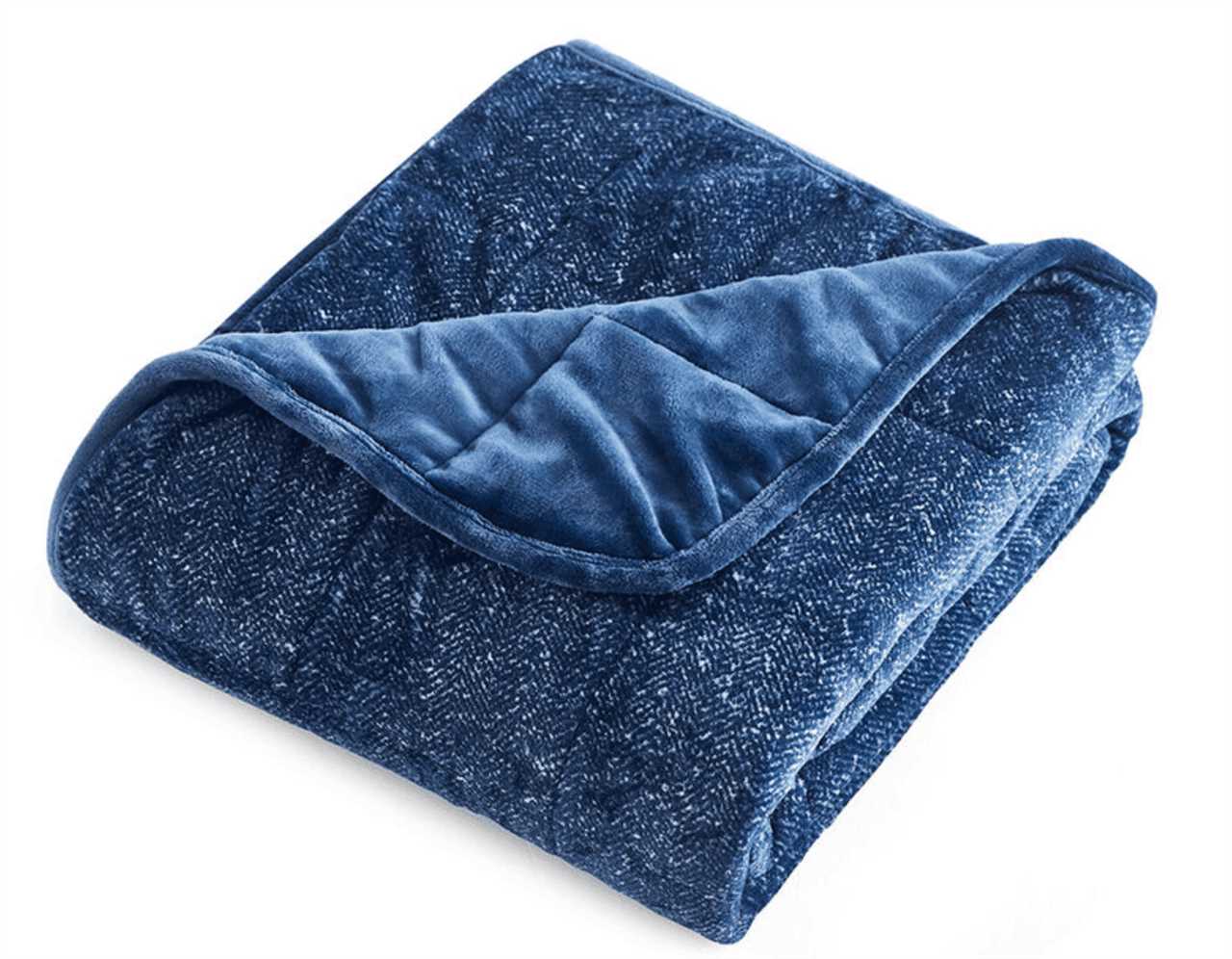
Photo by Camping World
Now that you’ve fully prepped outside your tent, it’s time to crawl in and finish your work. Fleece blankets are a great way to add insulation to your tent’s interior. Get creative to secure them to the walls and roof, being careful to leave a gap for easy entry and exit.
Lining your tent’s interior can also reduce the condensation on the inside of your tent’s rainfly when your tent isn’t properly ventilated. Read more tips on managing moisture and condensation.
Utilize a Safe Tent Heater
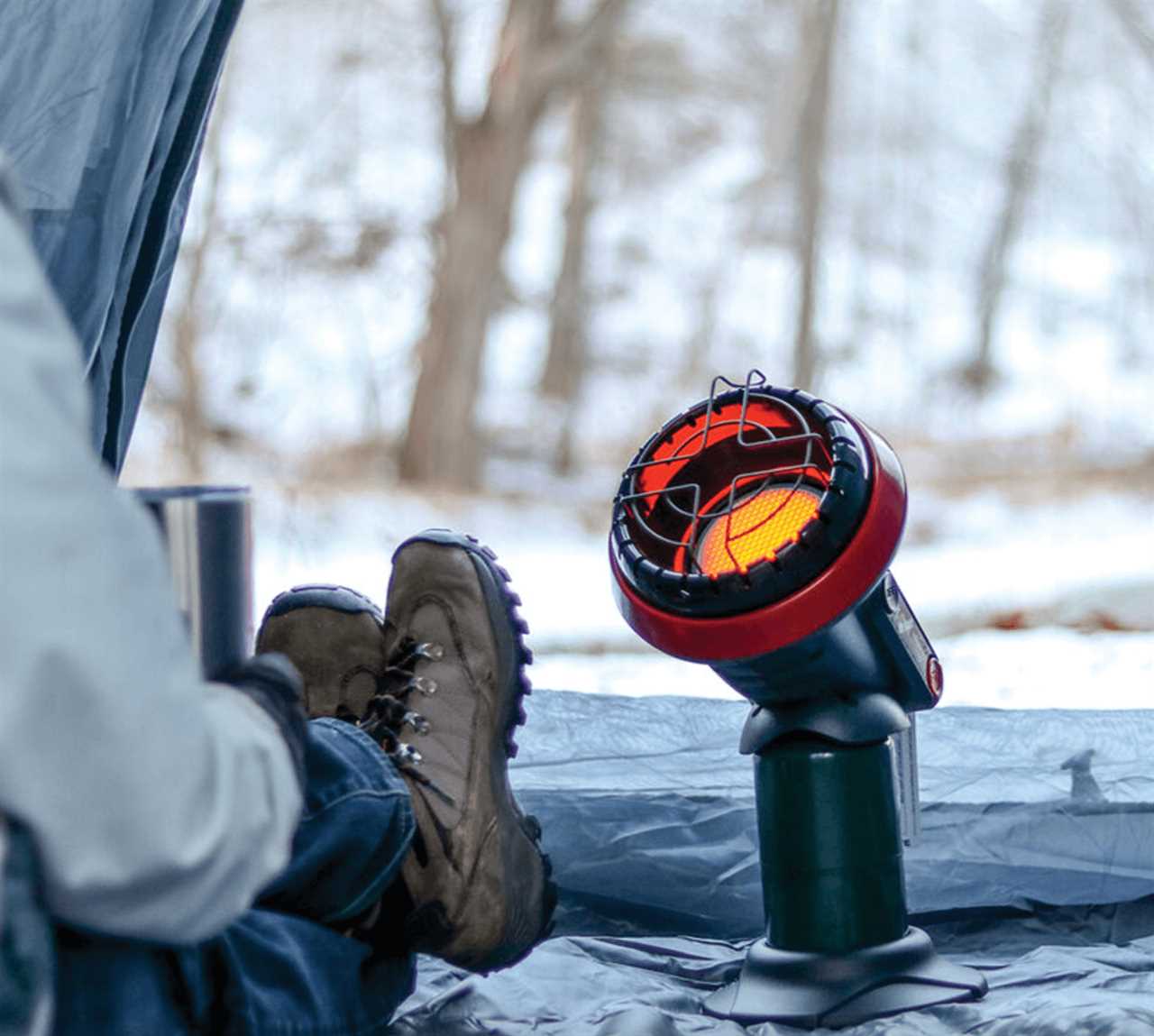
Photo by Camping World
To be honest, a heater inside a tent made of flammable materials can be a recipe for disaster. There are, however, heaters out there that are specifically designed to help you stay warm in a tent when winter camping.
Electric space heaters tend to be safer for tent use. Still, you’ll need to research whether your tent manufacturer specifically warns against using a heater of any kind inside their tents and whether you can find a space heater safe for tent use.
Additional Ways to Stay Warm When Winter Tent Camping
These tips don’t exactly classify as “insulating your tent,” but they’ll still go a long way toward keeping you warm and comfortable.
Pick the Right Sleeping Bag
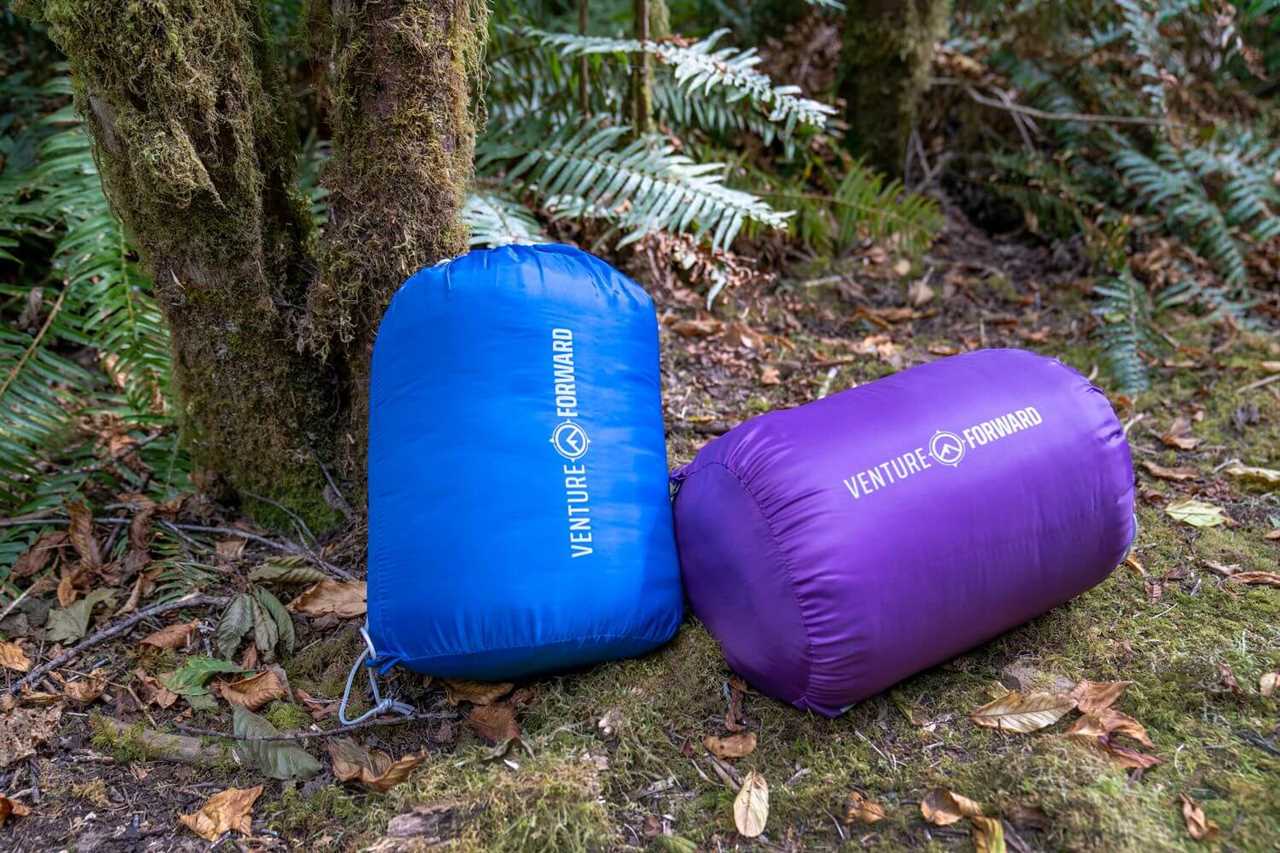
Photo by Camping World
Your sleeping bag choice has a lot to do with your comfort when winter tent camping. Your bag should be rated for the lowest temperature you think you’ll experience, with little room to spare. Learn more about choosing the right sleeping bag for any season.
You can also add a sleeping bag liner inside your bag to add extra insulation and warmth. Sleeping bag liners can add up to 10-15 degrees of warmth.
Warm Yourself with Heat Packs
Using heat packs inside your sleeping bag is another method to add warmth when winter tent camping. Most manufacturers caution against placing heat packs directly on your skin, but they can go on top of your thermal layers or wool socks without issue.
Wear Thermal Layers (and a Head Covering)
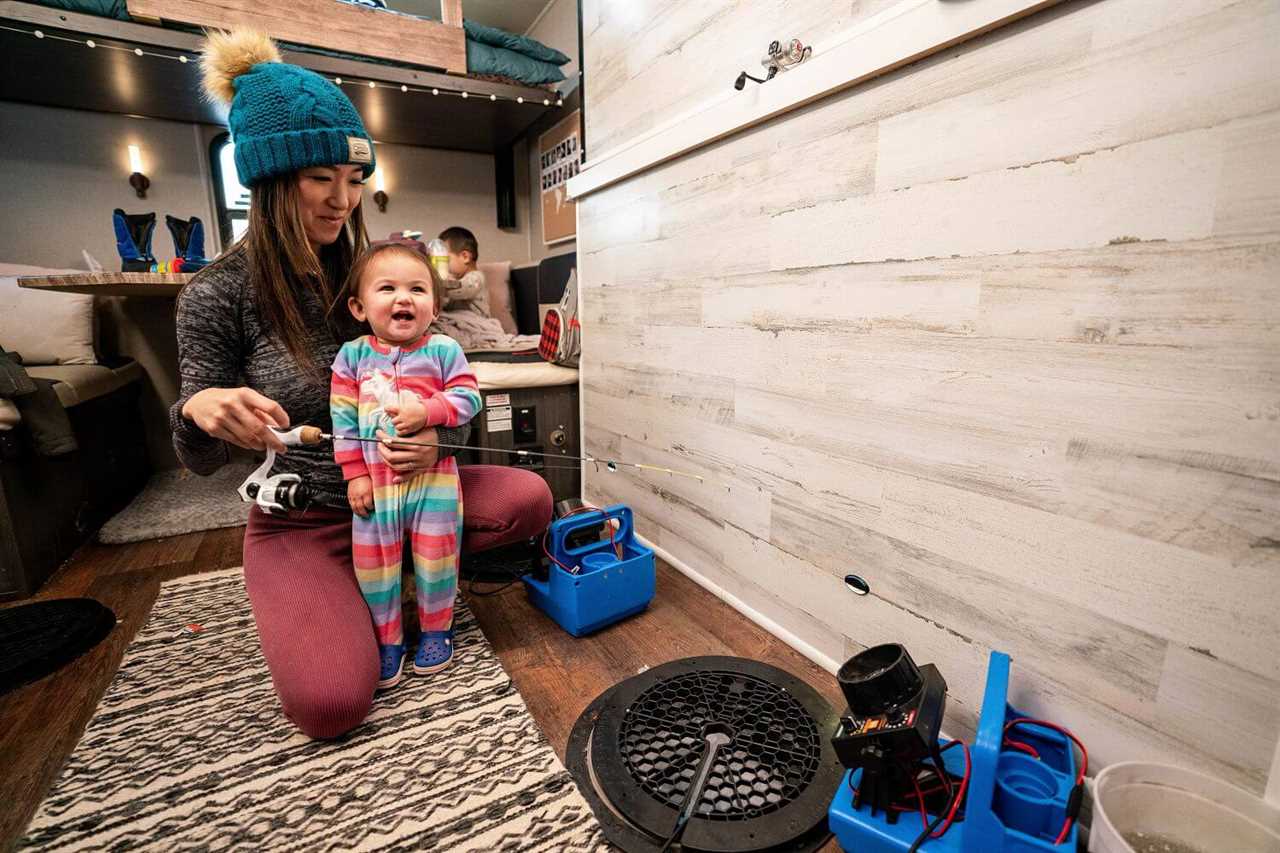
Photo by Camping World
Dressing for success when cuddling into a sleeping bag is all about balance. When it’s cold, our natural tendency is to put on more layers, which can reduce your sleeping bag’s effectiveness.
It’s best to wear thermal base layers when sleeping in a tent and a head covering like a beanie or a balaclava. That provides comfortable insulation on your body while maintaining enough air space inside your sleeping bag to naturally capture and retain your body heat.
Use the Hot Water Bottle Trick
Before you climb into your 4-season tent, use your camp stove to boil enough water to fill your water bottle. A hard plastic water bottle (like a Nalgene) is best because it won’t trap heat like a more insulated metal bottle.
Ensure the lid is screwed on tightly (I’ve made that mistake before), then place the water bottle at the bottom of your sleeping bag. This warms your feet and makes a huge difference when sleeping in a tent on cold nights.
Choose Your Winter Camping Destination
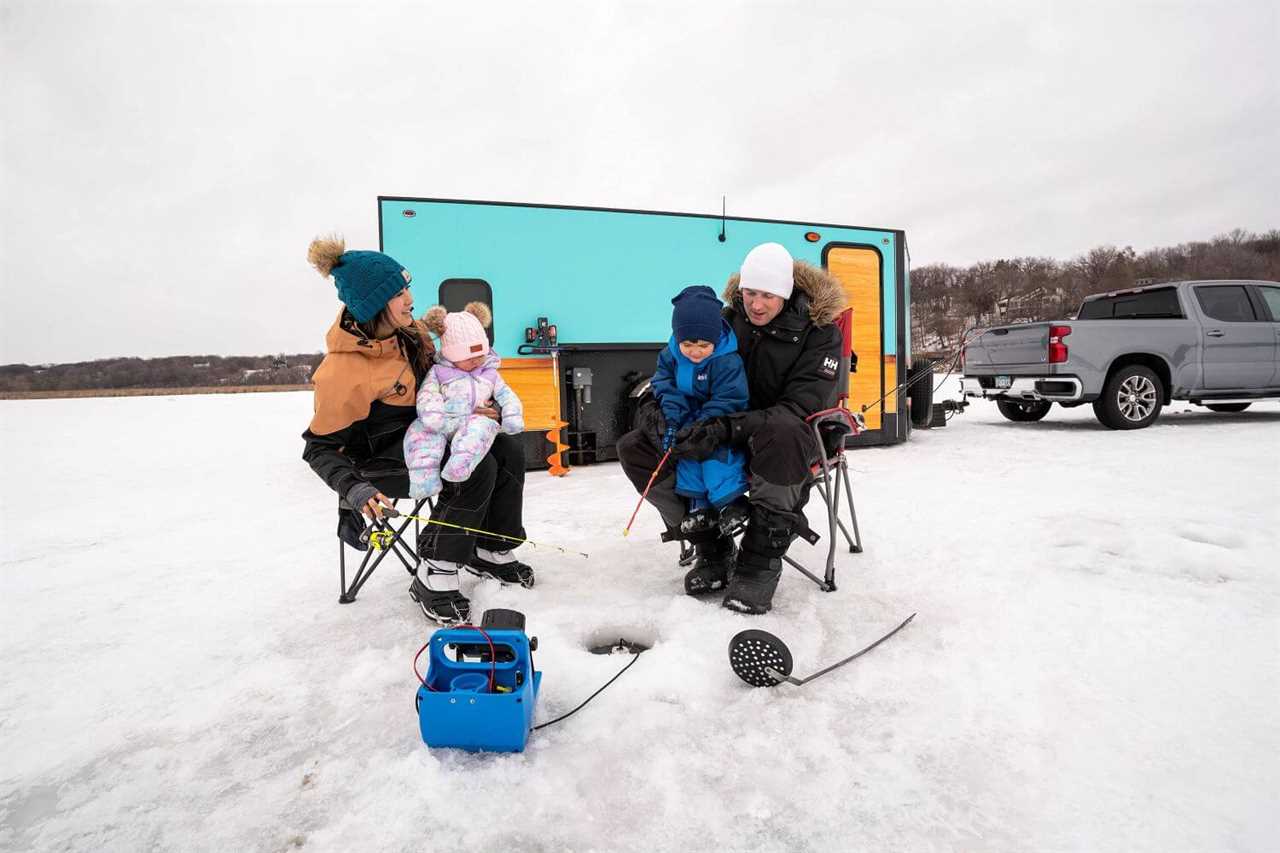
Photo by Camping World
Winter camping can be a great way to avoid crowds and experience destinations in a whole new light. Here are a few resources to help you plan your next winter camping trip:
- Winter RV Camping: What You Need to Know
- 7 National Parks You Can Take The RV in Winter
- 6 Small Towns to RV This Winter
- Cozy Winter Wonderland Campgrounds
Stay warm on your next winter camping trip with a portable firepit or a space heater if you have an RV. Ensure you follow all fire safety guidelines when using or operating these camping accessories and insulation materials to ensure a safe and comfortable camping trip.
Do you have additional tips for staying warm when camping in a tent in the winter? Share them in the comments below!
By: Tucker Ballister
Title: How To Insulate a Tent for Winter Camping
Sourced From: blog.campingworld.com/at-the-campsite/how-to-insulate-a-tent-for-winter-camping/
Published Date: Thu, 03 Nov 2022 18:00:01 +0000
---------------------------------------------
 CampingSurvivalistHuntingFishingExploringHikingPrivacy PolicyTerms And Conditions
CampingSurvivalistHuntingFishingExploringHikingPrivacy PolicyTerms And Conditions
